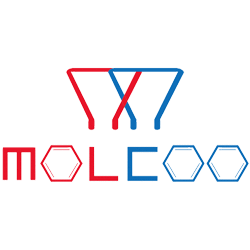Product Information
Product Number: P059055
English Name: Pomalidomide Impurity 55
English Alias: 2-(2-carboxybenzamido)pentanedioic acid
CAS Number: 802560-72-1
Molecular Formula: C₁₃H₁₃NO₇
Molecular Weight: 295.24
Advantages
Well-defined structure and good stability, which can be used to analyze the by-product formation mechanism of reactions such as amidation and carboxyl group introduction during pomalidomide synthesis, optimizing processes to control the generation of polycarboxyl amide impurities;
As a polar reference standard containing carboxyl and amide groups, it provides a standard substance for detecting polar impurities in drugs, improving the quantitative accuracy of methods like HPLC and LC-MS;
Helps study the impact of polycarboxyl amide structures on drug stability and toxicological properties to provide a scientific basis for impurity control strategies.
Applications
Drug Development: Used as an impurity reference standard to identify and quantify Impurity 55 in pomalidomide preparations, evaluating the purity of APIs and formulations;
Quality Control: Acting as a standard substance to validate the sensitivity and specificity of detection methods (e.g., HPLC, LC-MS), ensuring the impurity content meets pharmacopoeia and regulatory requirements during production;
Stability Studies: Investigating the degradation behavior of this impurity under light, high temperature, and high humidity conditions to evaluate its impact on pomalidomide formulation stability, assisting in determining storage conditions.
Background Description
Research Status
Detection Method Optimization: Establishing trace detection methods for this impurity using techniques such as ultra-high-performance liquid chromatography-tandem mass spectrometry (UPLC-MS/MS) and high-resolution mass spectrometry (HRMS), achieving precise analysis with sensitivity reaching the ppb level;
Synthesis Process Improvement: Optimizing the synthesis route by adjusting reaction temperature, catalyst types, and raw material ratios to reduce impurity generation and developing high-purity impurity synthesis processes;
Toxicological Evaluation: Studying the potential toxicity of this impurity through in vitro cytotoxicity experiments and animal models to provide data support for formulating reasonable impurity limit standards;
Crystal Form and Physicochemical Properties: Investigating the crystal form characteristics of this impurity and its impact on the physical stability of drug formulations to improve the pomalidomide quality control system.









